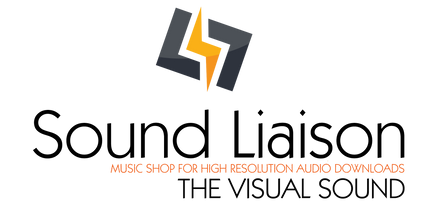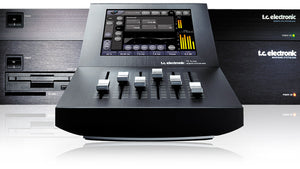Natural and artificial reverb.

I had several questions about the use of reverb on our recordings; is it purely from the hall or is it artificial?
The sound of the hall is very important, but equally important is how the sound of the instruments and the musicians respond to the hall’s sound.
These factors have a big influence on the final result.
We do all of our recordings in the legendary Studio 2 in the building of the ‘Music Center of the Broadcasters’ (MCO). The studio has remained in its original form since it was built in 1929.
The studio was designed for music as well as for spoken word. The reverb is short enough that speech remains clearly defined, but also helps instruments get a beautiful definition.
The studio has a deep warm sound with a beautiful natural decay, perfect for chamber music and jazz ensembles. In my 30 years as an active recording engineer I don’t think I have ever heard a better suited room for recording music with a rhythmic element.
These factors have a big influence on the final result.
We do all of our recordings in the legendary Studio 2 in the building of the ‘Music Center of the Broadcasters’ (MCO). The studio has remained in its original form since it was built in 1929.
The studio was designed for music as well as for spoken word. The reverb is short enough that speech remains clearly defined, but also helps instruments get a beautiful definition.
The studio has a deep warm sound with a beautiful natural decay, perfect for chamber music and jazz ensembles. In my 30 years as an active recording engineer I don’t think I have ever heard a better suited room for recording music with a rhythmic element.
So when I record in Studio 2, I make sure to include the sound of the hall as well as the information from the musical instruments.
To that sound I add a bit of artificial ‘long reverb’ to help emphasize the space and depth of the recording. Most of us like to listen to music with this added spaciousness, maybe also because we are used to it from the great recordings made in the end of the 50’s. Take a listen to Miles Davis’s ‘Kind of Blue’ or ‘Ascenseur pour l'échafaud’, on these recordings you hear a big amount of reverb added to the mix. And even more so on Elvis Presley’s ‘Heartbreak Hotel’ or Gene Vincent’s ‘Be-Bop-A-Lula' here you have the classic EMT plate reverb added.
To that sound I add a bit of artificial ‘long reverb’ to help emphasize the space and depth of the recording. Most of us like to listen to music with this added spaciousness, maybe also because we are used to it from the great recordings made in the end of the 50’s. Take a listen to Miles Davis’s ‘Kind of Blue’ or ‘Ascenseur pour l'échafaud’, on these recordings you hear a big amount of reverb added to the mix. And even more so on Elvis Presley’s ‘Heartbreak Hotel’ or Gene Vincent’s ‘Be-Bop-A-Lula' here you have the classic EMT plate reverb added.
The plate reverb was invented by the German company EMT in 1957. Since then artificial reverb has been a part of the sound of jazz and pop music.
Over the decades the artificial reverb has developed tremendously.
Nowadays one of the most used reverb programs is Altiverb, made right here in Holland. Altiverb has made samples of real acoustic spaces, studio’s, music halls and churches, as well as sampled older equipment like the good old EMT plate reverbs.

It can be problematic to add artificial reverb to a recording that has been recorded with a lot of room sound. In many modern recordings the instruments have been recorded as dry as possible in order to be able to add the artificial reverb without side effects.
But this is yet another reason why I am so happy with studio 2, this hall responds and blends well with artificial reverb, it’s as it was made for it. It’s truly magical. Added reverberation is a matter of taste, like adding spices to your cooking.

It can be problematic to add artificial reverb to a recording that has been recorded with a lot of room sound. In many modern recordings the instruments have been recorded as dry as possible in order to be able to add the artificial reverb without side effects.
But this is yet another reason why I am so happy with studio 2, this hall responds and blends well with artificial reverb, it’s as it was made for it. It’s truly magical. Added reverberation is a matter of taste, like adding spices to your cooking.
Some recording engineers have, in my opinion, taken it too far by using so much that the definition and attack of the instruments is no longer audible. Yet others have gone to the other extreme by keeping it completely dry, which can sound very boring if the musicians have been recorded in a dry room or in an isolated booth.
I would like to know how you experience the use of added reverb to recordings. And if possible to name which recordings you find stand out from the crowd.
Looking forward to hearing back from you all.
Kind regards
Frans

